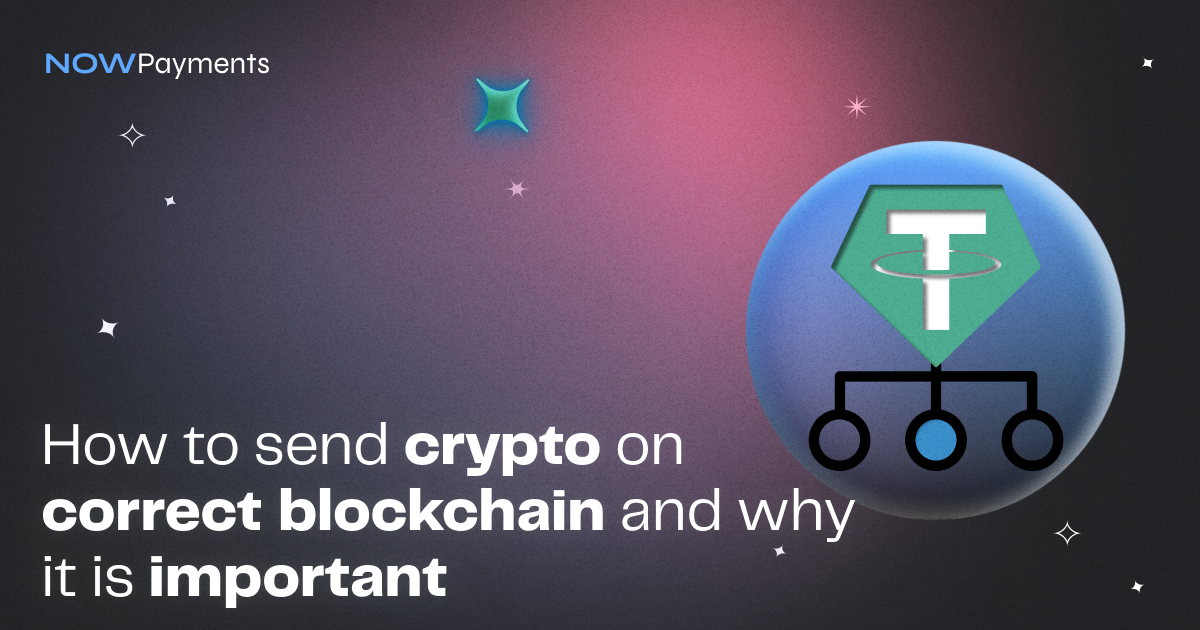Paying for goods is an essential part of the cryptocurrency market where assets are constantly sent to various networks, withdrawn, or transferred among users. When exchanging these digital assets, users typically send or receive them through an exchange or a crypto wallet, where they are subsequently kept or stored.
All crypto assets are marked by their respective standards, reflecting their network or perhaps their indigenous blockchain network. Each standard also specifies the types of wallets and the blockchains with which it is compatible.
Because of this, it’s crucial to know which token standard can be sent to or received with a particular network and wallet, as well as the token standard of the relevant blockchain.
Key points:
- A crypto ticker is a unique combination of letters and numbers belonging to a particular cryptocurrency.
- Different currencies and token standards are indicated with different tickers.
- It’s not always possible to recover tokens sent on the wrong network.
What is a crypto ticker?
The cryptocurrency market utilizes tickers to identify various currencies while trading or viewing trading charts. Each cryptocurrency has its own unique ticker, usually an abbreviation of the currency name. Similar tickers have been used in traditional financial markets to identify stocks and other financial instruments. Tickers consist of one to five characters, which include letters, numbers, or both.
Stock traders originally used tickers to make it easier for them to manually type the currency identifications. They are still used in the digital age because they take less space on websites, are easier to remember, and are quicker to type when searching for the currency than a full name.
Each cryptocurrency has a ticker, which is unique and can be used on every exchange and wallet consistently. Usually, once a ticker is chosen, it doesn’t change and other projects can’t use it again.
Some examples of cryptocurrency tickers are BTC for Bitcoin, ETH for Ethereum, USDT for Tether, ADA for Cardano, and SOL for Solana.
What tickers NOWPayments uses and what they mean
NOWPayments uses the commonly used tickers for currencies. When creating a payment or donation link, you can look up the currency either by the full name or by the ticker.
It’s crucial to remember that NOWPayments uses the complete ticker for tokens that are available on different networks. For example, the USDT ERC-20 token and the TRC-20 token will have tickers USDTERC20 and USDTTRC20, and next to them they will have the grey blockchain ticker: ETH and TRX, respectively.
Why choosing the correct network is crucial
With the existence of so many currencies and blockchains, users quite often get confused and send tokens to the wrong network. It’s easy to confuse ERC-20 with TRC-20, which leads to transactions with incorrect token standards.
If your wallet supports these standards and the wallet address used by the sender is correct, then the transaction will still arrive, just on a different network.
However, for some exchanges and wallets, the transaction will remain lost. Transactions cannot be canceled or reversed once they have been started because cryptocurrency protocols are irreversible. If you do not know the owner of the address or they are unwilling to make another transaction on the correct network, there are a few possible actions you can take to retrieve the funds.
It is essential to exercise caution when sending and make sure the address you are sending to is an exact match of the recipient’s address. If an error has been made, there will be notable indicators. Let’s look at examples of what happens if tokens are sent to the wrong network.
Let’s come up with an example where a user sends an ERC20 token on the BSC network:
- User sends transaction from wallet, specifying Binance Smart Chain network
- They see that the funds have been debited from the wallet and the transaction has reached the blockchain.
- The transaction receives confirmation on the blockchain, but the status on the invoice remains as “waiting”.
- User reaches out to support and asks why the status does not change / goes to the merchant’s website and sees that the internal balance has not been funded or the service is not provided / writes to merchant support and gets a reply that the payment has not been made.
If a merchant’s client sends tokens on the incorrect network, this is what happens on the merchant side:
- Payment remains in a waiting or expired status.
- The user reaches out to the merchant, brings the transaction hash, and claims to have paid.
- The merchant contacts our support and asks to verify payment.
- With an applicable deposit amount, NOWPayments can exchange the token to the right blockchain at the current exchange rate and the payment can be sent to the required merchant.
Once processing is finished on the partner side, the payment status will not change automatically. The information about the payment will not be updated in the merchant’s account. The status can be changed manually by NOWPayments, but the payment card in the Dashboard will not be updated.
- Alternatively, the funds can be sent to the user’s original address (assuming it is not an address of an exchange service).
- If the sent amount is less than the minimum payment amount, sadly, the payment can not be conducted.
Conclusion
Selecting the appropriate network for crypto transfers or withdrawals can be tricky at first. However, it’s a crucial step that’s required in order to complete the transaction correctly. If the sender makes a mistake and sends funds to the wrong network, the recipient might never be able to receive them.
If a mistake has been made, it’s important to contact the NOWPayments support team to see what the issue is and what steps can be taken to possibly recover the funds.

